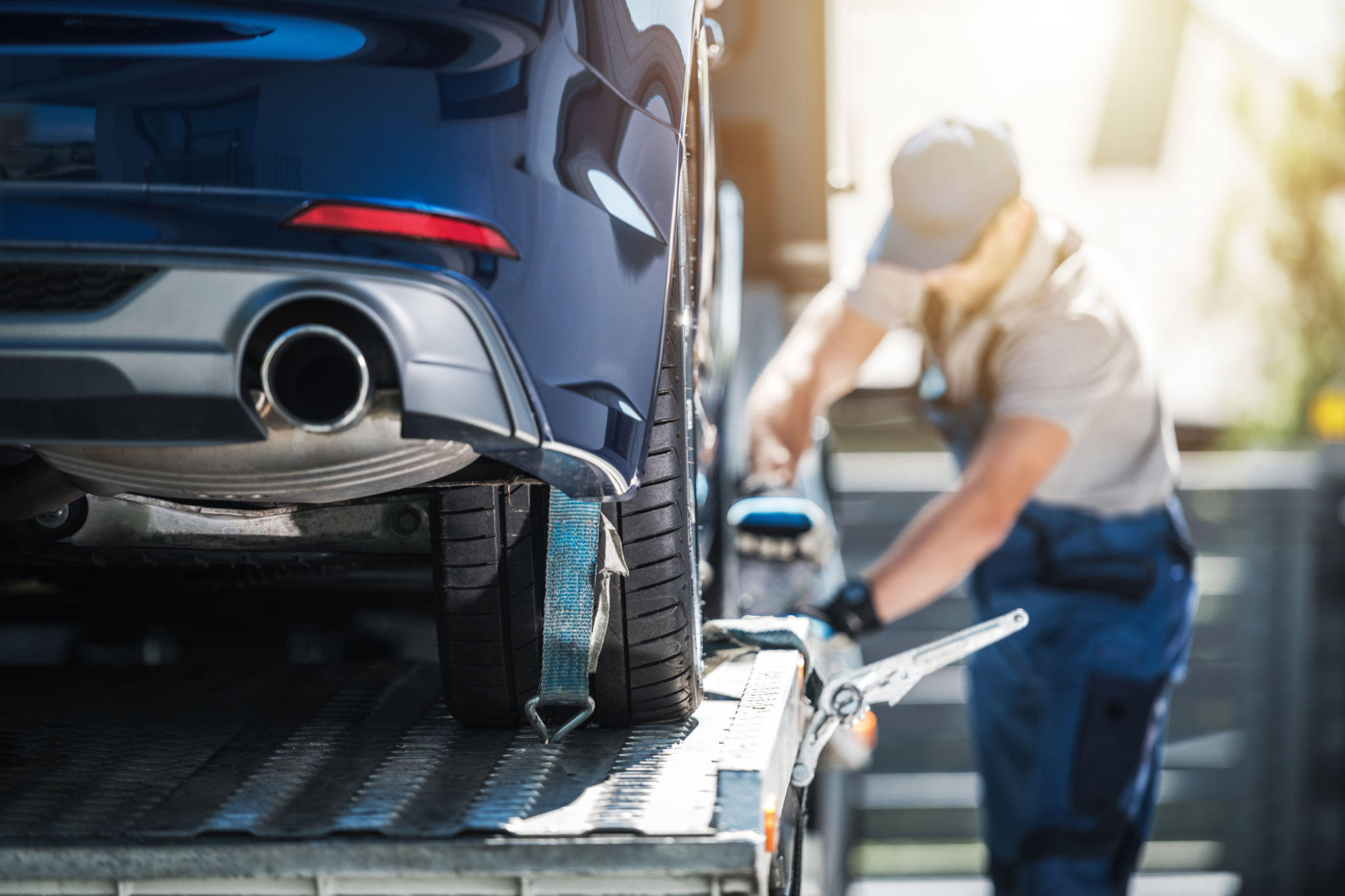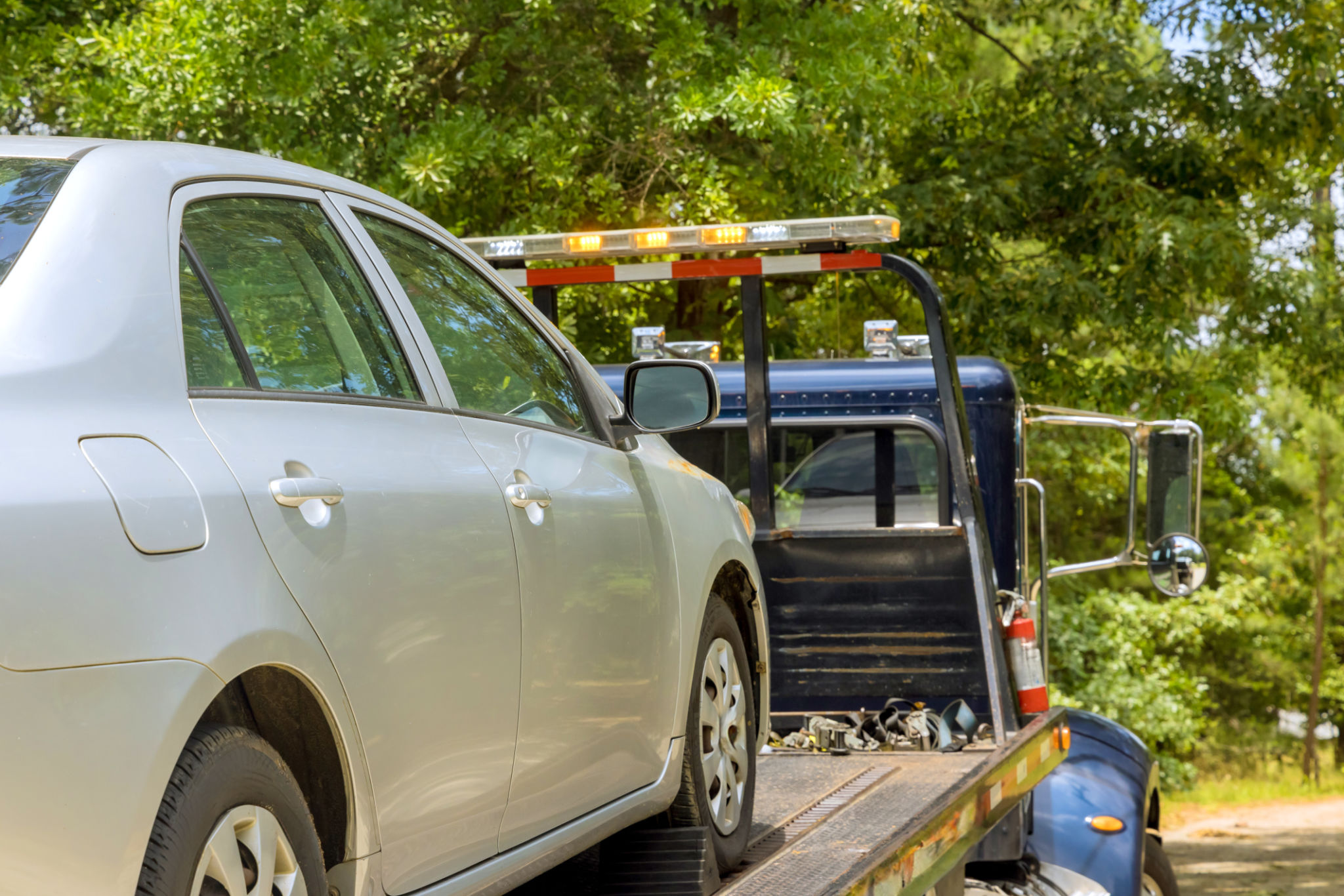How Auto Recovery Works: Inside the Vehicle Repossession Process
Understanding Auto Recovery
Auto recovery, commonly known as vehicle repossession, is a process that occurs when a borrower fails to make payments on their car loan. This process allows lenders to reclaim the vehicle to minimize losses. Understanding how auto recovery works can help individuals navigate financial difficulties and avoid losing their vehicles.
Repossession typically begins after a borrower misses several payments or breaches the terms of the loan agreement. At this point, the lender has the legal right to repossess the vehicle, often without prior notice. The exact number of missed payments before repossession varies, depending on the lender's policies and state laws.

The Repossession Process
Initial Steps Taken by Lenders
Lenders usually start the repossession process by contacting the borrower to discuss the missed payments. They may offer solutions such as a modified payment plan or a temporary deferment. If these efforts fail, the lender moves forward with repossession.
Once a decision is made to repossess, the lender might hire a professional repossession agency. These agencies specialize in locating and recovering vehicles efficiently and legally, often working under tight deadlines.

Vehicle Recovery
The recovery agent will locate and secure the vehicle, often using a tow truck to transport it to a secure storage facility. During this stage, it is important to note that agents must comply with local laws, which typically prohibit breaking into locked garages or causing disturbances.
After repossessing the vehicle, the agent notifies the borrower of the repossession and provides information about how they can reclaim their vehicle. This usually involves paying off the remaining balance of the loan along with any additional fees incurred during the repossession process.
After Repossession
Options for Borrowers
Once a vehicle is repossessed, borrowers have several options. They can choose to pay off their remaining loan balance to reclaim their vehicle, although this can be financially challenging for many. Alternatively, negotiating with the lender for a new payment arrangement might be possible in some cases.

If reclaiming the vehicle isn't feasible, borrowers should be aware that lenders will typically sell the vehicle at auction. The proceeds from this sale are used to pay down the outstanding loan balance. However, if the sale price does not cover the full amount owed, the borrower may still be responsible for paying the difference.
Preventing Auto Recovery
The best way to prevent auto recovery is through proactive financial management. Borrowers should communicate openly with lenders if they anticipate difficulty in making payments. Many lenders are willing to work out alternative payment plans or temporary deferments to help avoid repossession.
Additionally, maintaining open lines of communication with lenders and seeking financial advice can also be beneficial. Understanding one's rights and responsibilities under the loan agreement can empower borrowers to make informed decisions and potentially avoid repossession.